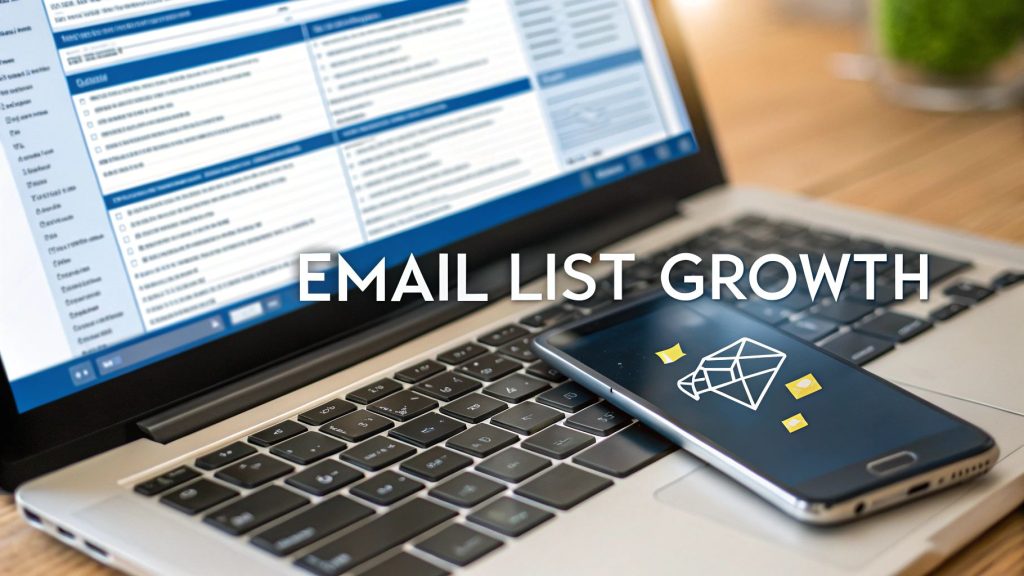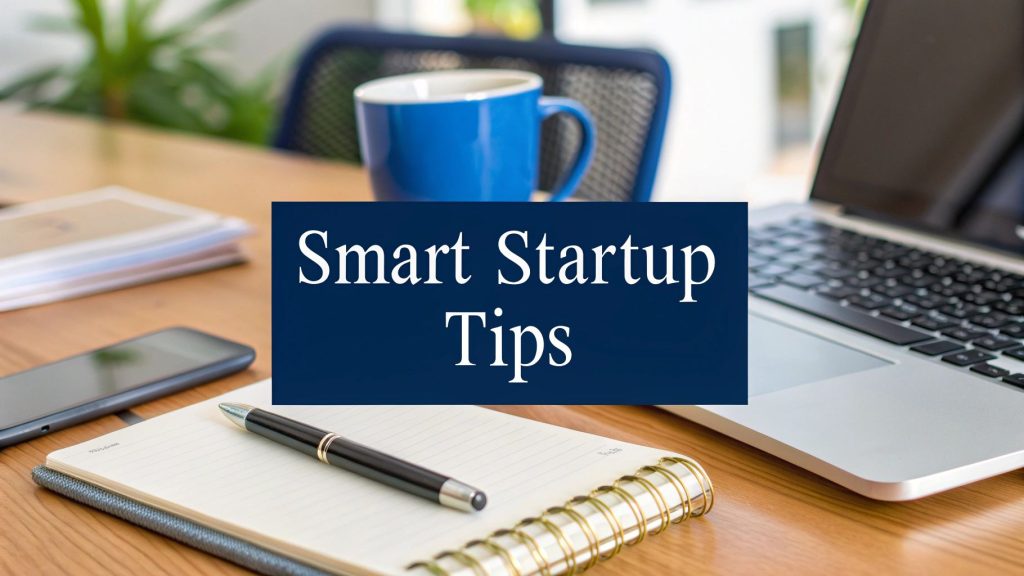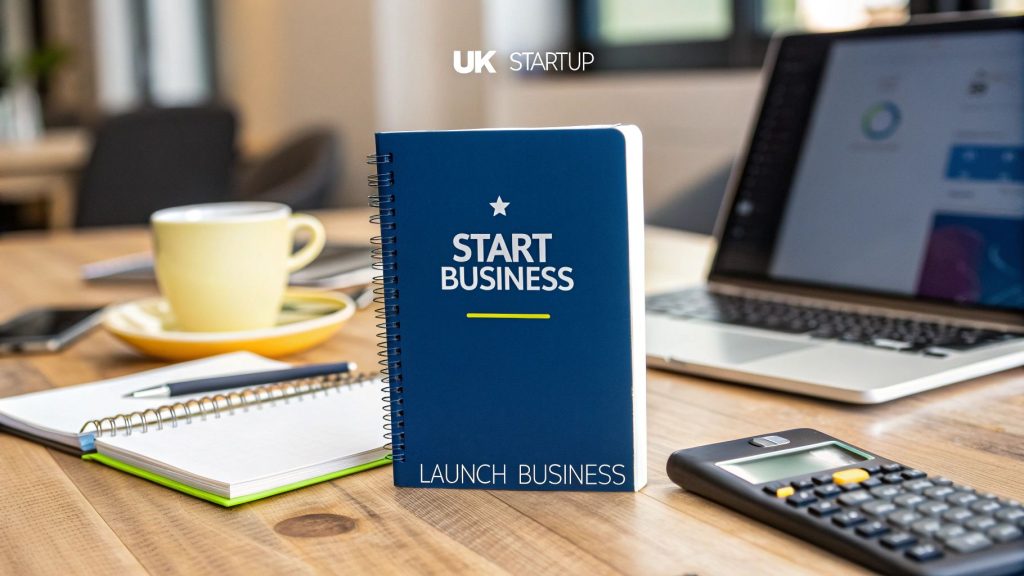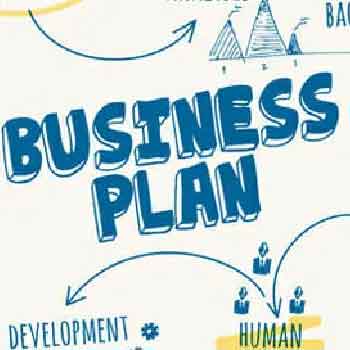Taking the Leap: The Ultimate Guide to Hiring Your First Employee
Hire Your First Employee Taking the Leap: The Ultimate Guide to Hiring Your First Employee – You started with an idea, a ton of passion, and an endless supply of coffee. You’ve been the CEO, the marketer, the accountant, and the janitor. But now, you’re standing at a crossroads. The business is growing, orders are piling up, and you’re realizing a painful truth: you can’t do it all yourself anymore.
Taking on your first employee is arguably one of the most significant—and terrifying—milestones in a small business’s journey. It’s a sign of success, a validation of your hard work. But it’s also a huge responsibility. Get it right, and you unlock new levels of growth and freedom. Get it wrong, and it can be a costly, stressful nightmare.
So, how do you know when the time is right? And once you decide to take the plunge, how do you navigate the hiring process without losing your mind? This guide is for you.

Part 1: The “When” — Are You Ready to Hire?
Hiring your first employee isn’t a decision to be made lightly. It’s not just about feeling busy; it’s about strategic growth. Here are the five key indicators that it’s time to expand your team.
1. The Overwhelm Indicator: You’re Constantly Drowning
Are you regularly working 16-hour days? Is your “to-do” list growing faster than you can tick things off? This is the most common reason founders start thinking about hiring. When you’re so bogged down in the day-to-day operational tasks (packing orders, answering basic emails, updating spreadsheets), you have no time left for the high-value work that actually grows the business—like strategy, sales, and innovation.
Think of it like this: your time is your most valuable asset. If you’re spending 80% of it on $20-an-hour tasks when you could be focusing on $200-an-hour growth activities, you’re not just tired; you’re actively stunting your business’s potential.
Action Point: For one week, track your time. Categorize your tasks into “Admin/Operational” and “Growth/Strategic.” If the former heavily outweighs the latter, it’s a huge red flag.
2. The Opportunity Cost Indicator: You’re Turning Down Money
This one is a siren call for help. Are you turning away new clients or delaying projects because you simply don’t have the bandwidth to take them on? Every time you say “no” to a potential sale, you’re not just losing that revenue; you’re also potentially sending a customer to a competitor.
Your business has reached a point where demand is outstripping your personal supply. Hiring someone to handle service delivery or production can free you up to do what you do best: bring in more business. This is how you move from being a freelancer to a true business owner.
3. The Skill Gap Indicator: You’ve Hit Your Technical Ceiling
Maybe you’re a brilliant baker, but the thought of running a targeted social media ad campaign gives you hives. Or perhaps you’re a coding genius, but you don’t have the skills to design a user-friendly website.
Every entrepreneur has their zone of genius. Growth often requires skills you don’t possess and don’t have time to learn. Hiring someone with specialized expertise—a digital marketer, a bookkeeper, a graphic designer—can be a game-changer. It allows you to plug a critical gap in your business and achieve results far faster than you could alone. Don’t let your ego get in the way of progress.
4. The Customer Experience Indicator: Quality is Starting to Slip
Are emails going unanswered for days? Are shipping times getting longer? Are you getting feedback that your service isn’t as personal as it used to be? When you’re stretched too thin, the first thing to suffer is often customer service.
Your early customers are your most loyal advocates. If they start feeling neglected, the reputation you’ve worked so hard to build can crumble quickly. Hiring someone to focus on customer support or operations ensures that your standards remain high as you scale. Remember, it’s far cheaper to retain a happy customer than to acquire a new one.
5. The Financial Health Indicator: The Numbers Actually Work
This is the ultimate reality check. It’s one thing to feel like you need help; it’s another to be able to afford it. Hiring isn’t just about the salary. You need to account for:
- Payroll Taxes: Employer contributions to Social Security, Medicare, and unemployment taxes.
- Benefits: Health insurance, retirement plans, and paid time off.
- Overhead: A new computer, software licenses, a bigger workspace.
- Recruitment Costs: Job board fees or recruiter commissions.
As a rule of thumb, budget for the employee’s total cost to be 1.25 to 1.4 times their base salary. Before you even write a job description, sit down with your finances. Can your cash flow comfortably support this new expense for at least six months, even if sales dip? If the answer is a shaky “maybe,” you might want to consider a freelancer or contractor first as a lower-risk stepping stone.
Part 2: The “How” — Your First Hire Checklist
You’ve checked the boxes. You’re ready. Now what? Follow this step-by-step process to find, hire, and onboard your first team member successfully.
Step 1: Define the Role (Not Just the Tasks)
Before you think about the person, think about the position. Don’t just list tasks like “answer emails” and “manage social media.” Instead, define the outcomes you want this role to achieve.
- Bad: “Post on Instagram three times a week.”
- Good: “Increase Instagram engagement by 15% and generate 10 new leads per month through the platform.”
This shift from tasks to outcomes will help you write a better job description and, more importantly, measure the success of your new hire. Create a “scorecard” for the role that outlines its mission, key responsibilities, and the metrics that define success.
Step 2: Write a Job Description That Sells
Your job description is a marketing document. You’re not just filling a seat; you’re selling a vision. The best candidates want to be part of something exciting.
Your description should include:
- A Compelling Title: Be clear and standard (e.g., “Digital Marketing Assistant” not “Growth Ninja”).
- A Company Pitch: Who are you? What is your mission? Why would someone want to work with you?
- The Role’s Mission: A one-sentence summary of why this job exists.
- Key Responsibilities: Use your outcome-oriented list from Step 1.
- Skills & Qualifications: Differentiate between “must-haves” (e.g., proficiency in QuickBooks) and “nice-to-haves” (e.g., experience in e-commerce).
- Salary & Benefits: Be transparent! It saves everyone time. State a clear salary range.
Step 3: Source Your Superstar ⭐
Don’t just post the job on a major board and pray. Be proactive.
- Your Network: This is your #1 asset. Let friends, family, mentors, and former colleagues know you’re hiring. A personal referral is often the highest-quality lead.
- Niche Job Boards: Instead of Indeed, look for boards specific to your industry (e.g., Dribbble for designers, ProBlogger for writers).
- LinkedIn: Actively search for people with the right skills and experience in your area and reach out with a personal message.
- University Career Centers: A great source for finding ambitious junior talent.
Step 4: Master the Interview
The interview isn’t just about confirming their resume; it’s about assessing culture fit, problem-solving skills, and attitude. Structure your process:
- Phone Screen (15-20 mins): A quick call to verify their basic qualifications, salary expectations, and interest in the role.
- In-Depth Interview (60 mins): Go beyond “Tell me about yourself.” Ask behavioral questions like, “Tell me about a time you had to deal with a difficult client. How did you handle it?” and situational questions like, “Imagine our website traffic dropped by 30%. What would be the first three things you’d investigate?”
- Practical Test (Optional but recommended): Give them a small, paid task that mimics the work they’d be doing. Want a social media manager? Ask them to draft three sample posts. Hiring a developer? Give them a small coding challenge. This is the best way to see their actual work.
Step 5: Do Your Due Diligence
Never skip the reference check! It’s your final chance to spot red flags. When you call their former managers, don’t just ask, “Were they a good employee?” Ask specific, open-ended questions:
- “What were their biggest strengths in the role?”
- “What was an area where they needed coaching or development?”
- “On a scale of 1-10, how would you rate their overall performance?”
- “Would you enthusiastically rehire them if you had the chance?” The answer to this last one is pure gold.
Step 6: Make an Offer They Can’t Refuse
You’ve found your person! It’s time to make a formal offer. Do it over the phone first to convey your excitement, then follow up immediately with a written offer letter. The letter should include:
- Job Title
- Start Date
- Salary
- Bonus structure (if any)
- Reporting structure (who they report to)
- An overview of key benefits
- Any contingencies (e.g., subject to a background check)
- A deadline to accept the offer.
Step 7: Get the Legal & Financial House in Order
This part is crucial and non-negotiable. Don’t mess with the HMRC.
- Get an Employer Identification Number : If you don’t already have one, you’ll need it for tax purposes. Visit HMRC
- Set Up Payroll: Use a service like Sage, Xero, or QuickBooks Payroll. They will handle tax PAYE and NI, and filings for you. This is money well spent.
- Employment Contract: It’s a good idea to have a simple contract outlining the terms of employment, confidentiality, and ownership of work. Consult a lawyer to draft a template.
Step 8: Onboard Like a Pro
The first week sets the tone for the entire employment relationship. Don’t just point them to a desk and expect them to figure it out. A great onboarding process makes your new hire feel welcome, prepared, and excited.
- Day 1: Have their equipment ready. Introduce them to key people. Take them to lunch. Focus on culture and connection, not overwhelming them with tasks.
- Week 1: Set up a structured training plan. Review their job scorecard. Set clear 30, 60, and 90-day goals. Schedule daily check-ins to answer questions and provide feedback.
- First 90 Days: This is the probationary period. Provide regular, constructive feedback. Make sure they have the resources and support they need to succeed.
Hire Your First Employee
Hiring your first employee is a leap of faith, but it’s also the first step toward building something bigger than yourself. It transforms you from a solo operator into a leader. By being strategic about when you hire and methodical about how you hire, you can ensure that this leap lands you firmly on the path to sustainable, exciting growth.
Remember when taking on a new employee to factor in the additional costs. This is often much more than their salary Take a look at our hand cost of hiring calculator Good luck!














































